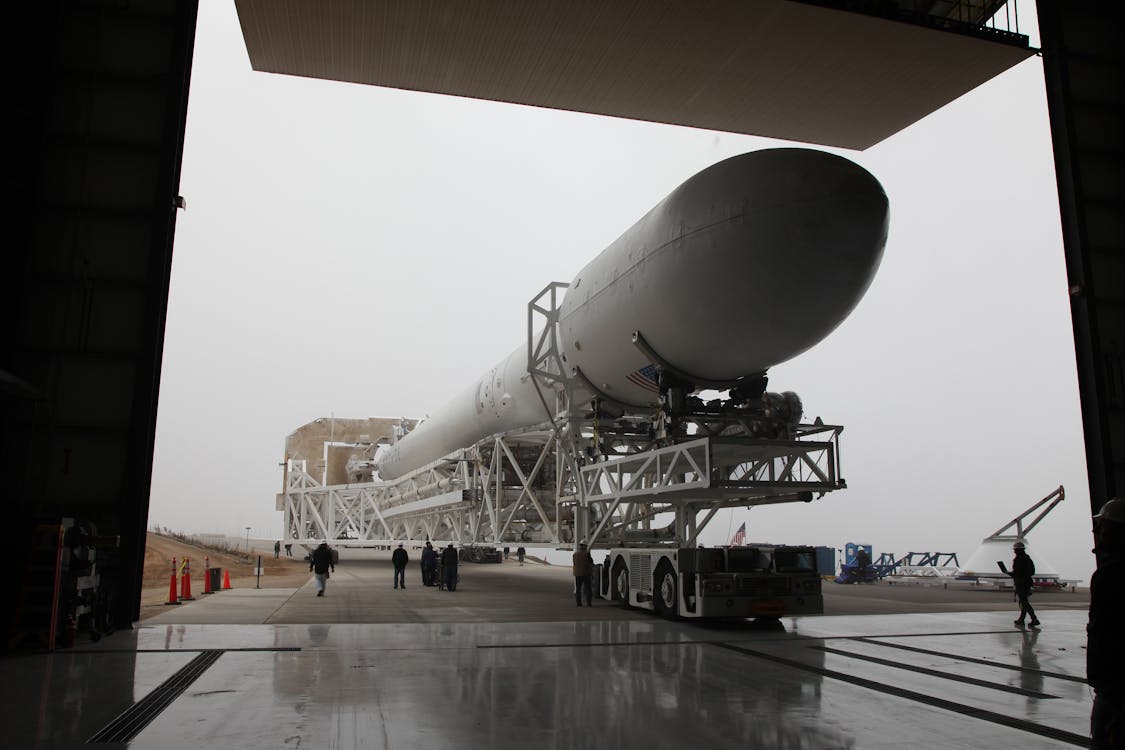Flight Beyond Speed of Sound
Flight Beyond Speed of Sound
Imagine soaring through the clouds at speeds exceeding Mach 5, leaving a trail of fire and a sonic boom in your wake. That's the incredible reality of hypersonic flight, the future of aviation pushing the boundaries of speed and technology.
What is Hypersonic Flight?
Hypersonic flight is defined as traveling at speeds exceeding five times the speed of sound, approximately 3,800 miles per hour (6,100 kilometers per hour). At these speeds, air molecules begin to dissociate and generate extreme heat, creating unique challenges for aircraft design and operation.
 |
| Flight Beyond Speed of Sound |
The History of Hypersonic Flight
The concept of hypersonic flight has captivated engineers and scientists for decades. The first official hypersonic flight occurred in 1947 when American pilot Chuck Yeager broke the sound barrier in the Bell X-1 aircraft.
While exciting, hypersonic flight remained largely confined to military applications due to the complexities and costs involved. However, recent technological advancements have sparked renewed interest in commercial hypersonic travel.
Current Landscape of Hypersonic Technology
Several companies are actively developing hypersonic aircraft and technologies, including:
- Boom Supersonic: Focused on developing the Overture aircraft, a Mach 2.2 passenger jet expected to begin commercial service in the 2030s.
- Spike Aerospace: Developing the S-512 Quiet Supersonic Jet, aiming for Mach 1.6 speed with minimal sonic boom impact.
- Virgin Galactic: Building the LauncherOne aircraft, capable of carrying small satellites into orbit at hypersonic speeds.
- Hermeus:
Developing hypersonic aircraft for both military and commercial
applications.
Challenges and Future of Hypersonic Travel
While promising, hypersonic travel faces several challenges:
- Sonic Boom: The sonic boom generated by hypersonic aircraft can cause significant noise pollution and pose safety risks. Overcoming this obstacle is crucial for enabling widespread commercial use.
- Heat Generation: At hypersonic speeds, air friction generates immense heat, requiring advanced materials and cooling systems to protect the aircraft.
- Environmental Impact: The environmental impact of hypersonic flight remains a concern, with potential issues regarding emissions and noise pollution.
- Regulations: Establishing clear regulations for hypersonic flight across different countries and airspace is critical for ensuring safety and smooth operation.
Despite these challenges, the future of hypersonic flight holds immense potential. Faster travel times, improved efficiency, and new economic opportunities are just a few of the anticipated benefits.
Potential Applications of Hypersonic Flight:
- Passenger Travel: Reduce travel times for long-distance flights, connecting continents in just hours.
- Cargo Delivery: Expedite the delivery of time-sensitive goods and materials.
- Space Exploration: Facilitate faster launch vehicles and space travel.
- Military Applications: Enhance reconnaissance, surveillance, and rapid deployment capabilities.
The Road Ahead
While the commercialization of hypersonic flight is still in its early stages, the rapid pace of technological advancements promises a future where supersonic travel becomes a reality. Overcoming technical hurdles, addressing environmental concerns, and establishing regulatory frameworks will be key to unlocking the full potential of this revolutionary technology.
Conclusion
Hypersonic flight represents a transformative leap in aviation, promising to revolutionize the way we travel and explore the world. With continued research, innovation, and collaboration, the future of supersonic flight holds endless possibilities, reshaping our understanding of speed, distance, and connectivity.


